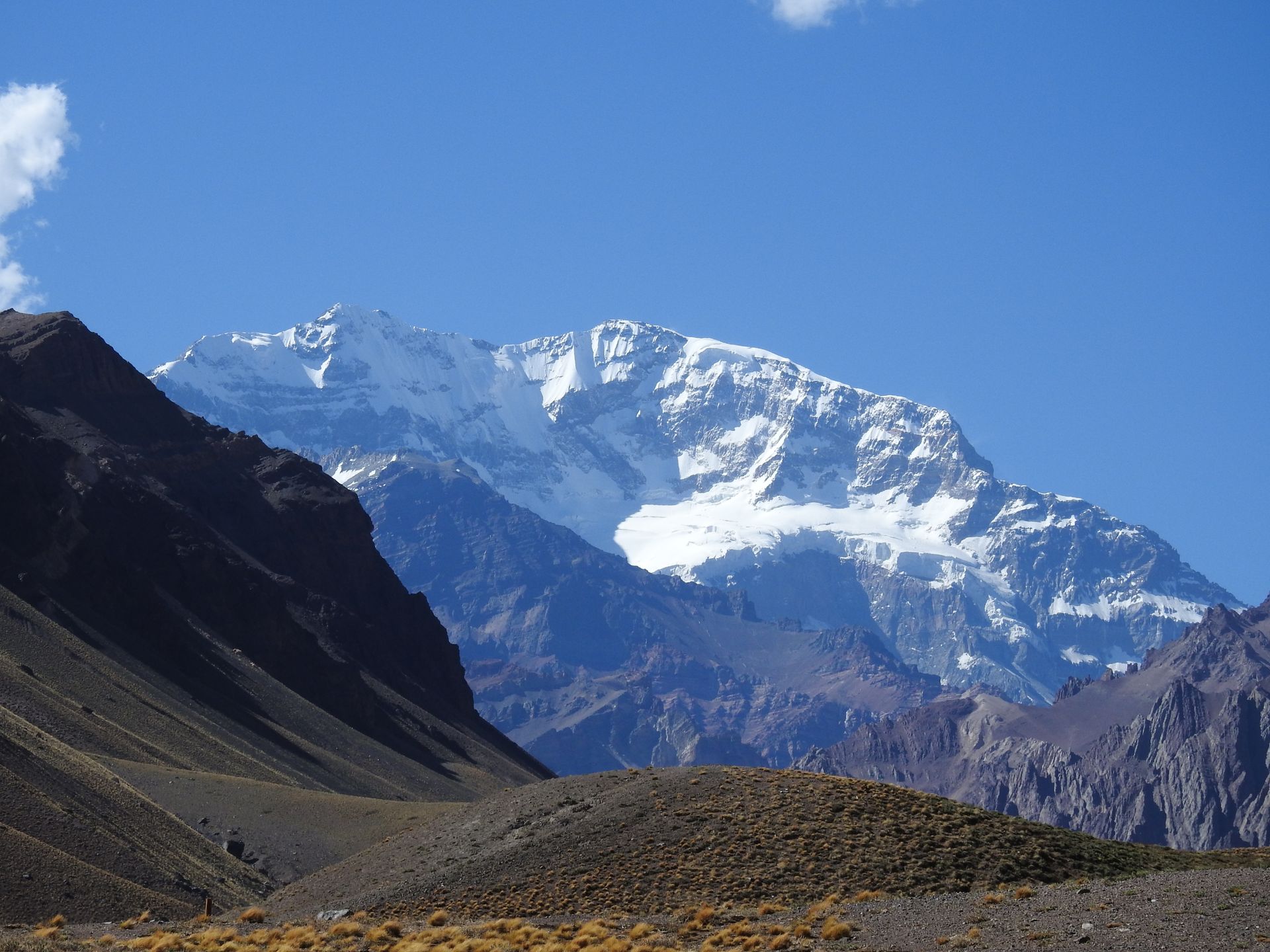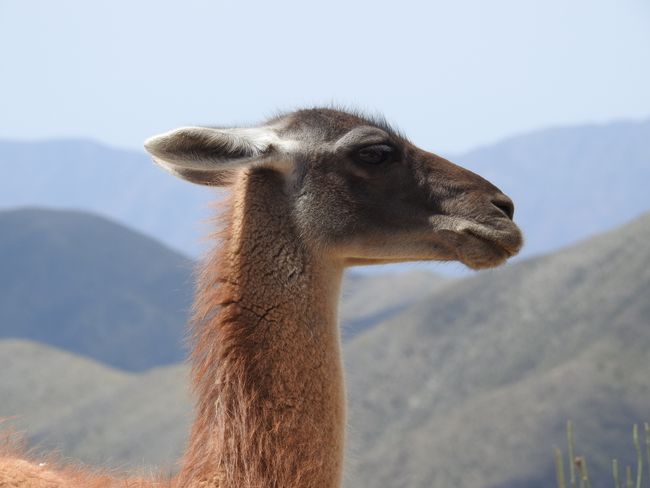BLOG 24-2 / Ship Cruise Tierra del Fuego and Cape Horn (Part 2 Glacier Alley to Ushuaia)
Objavljeno: 05.03.2020
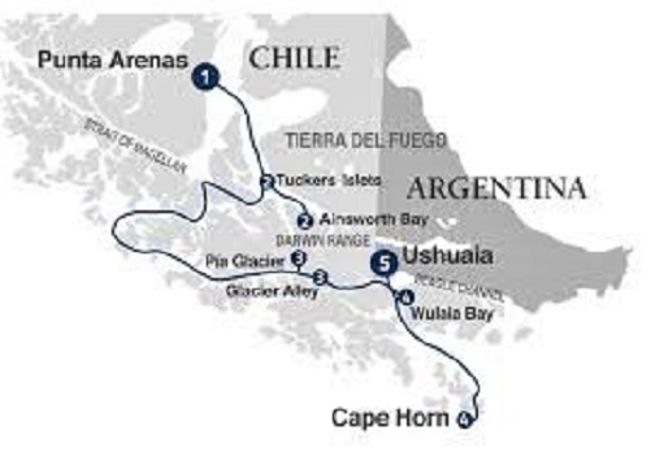
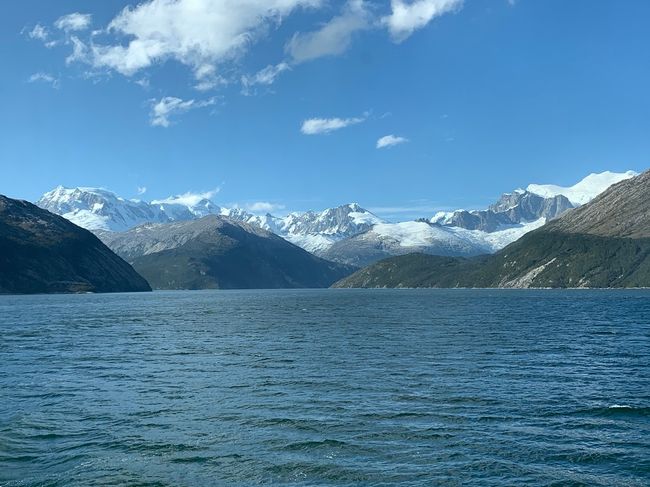
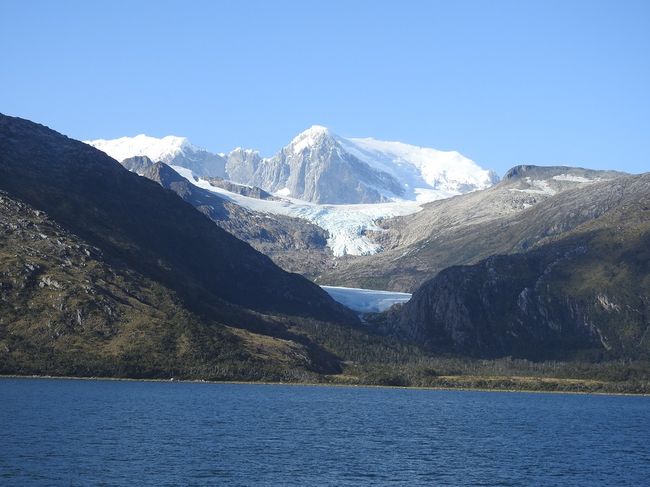
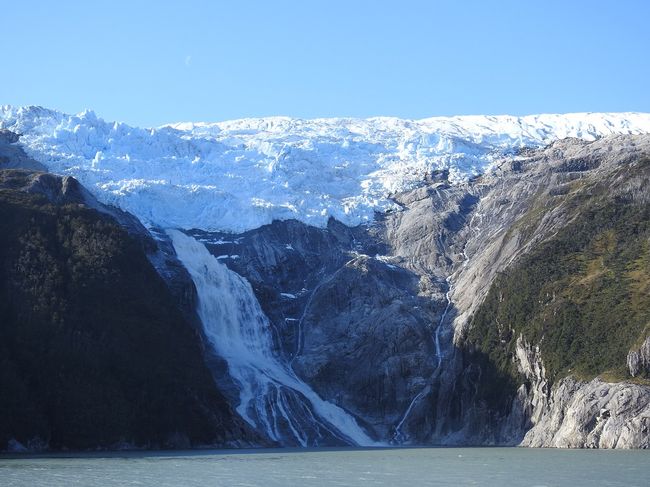
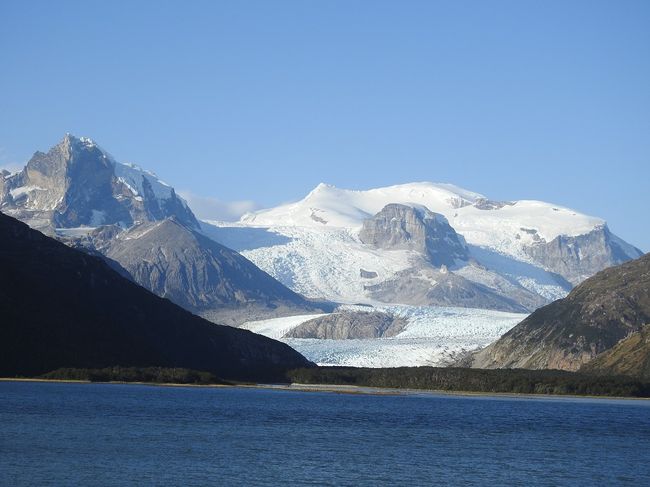

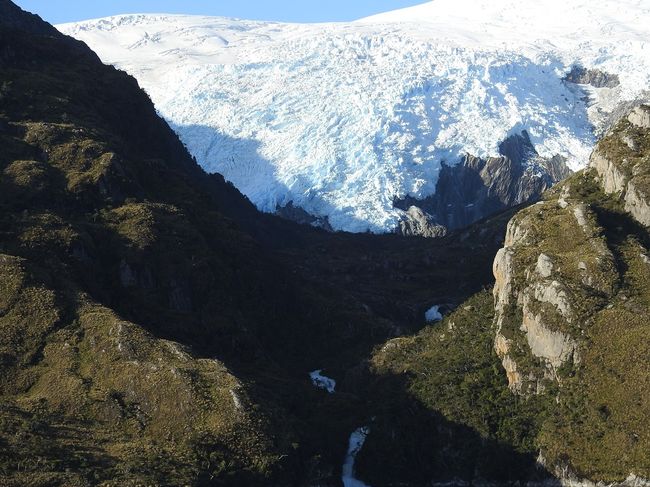
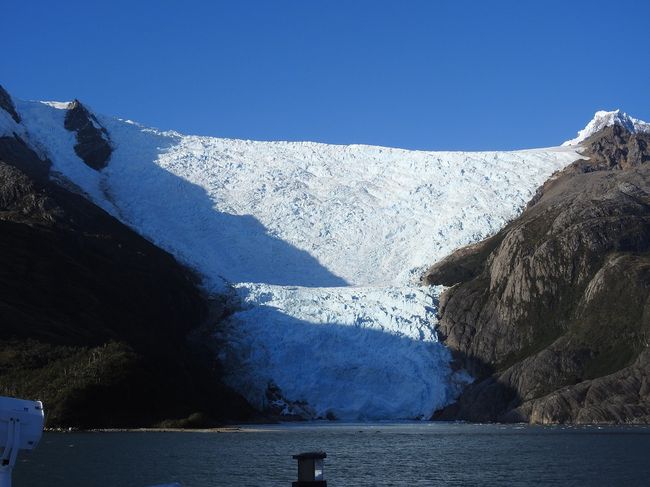
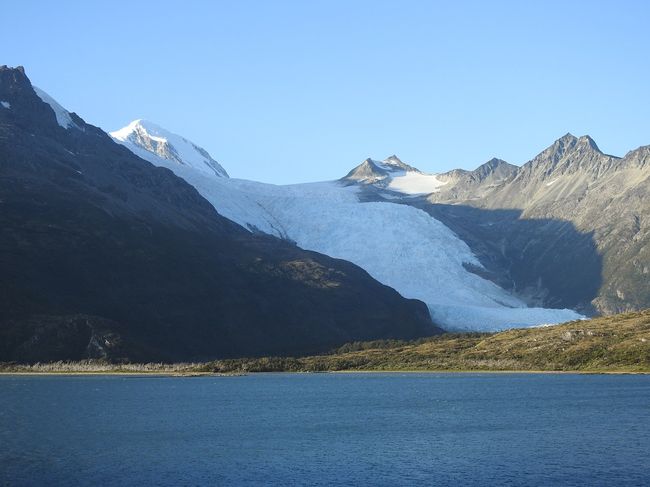
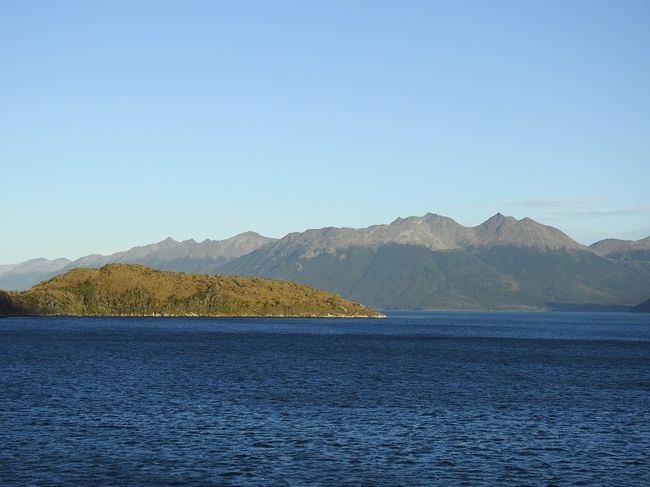
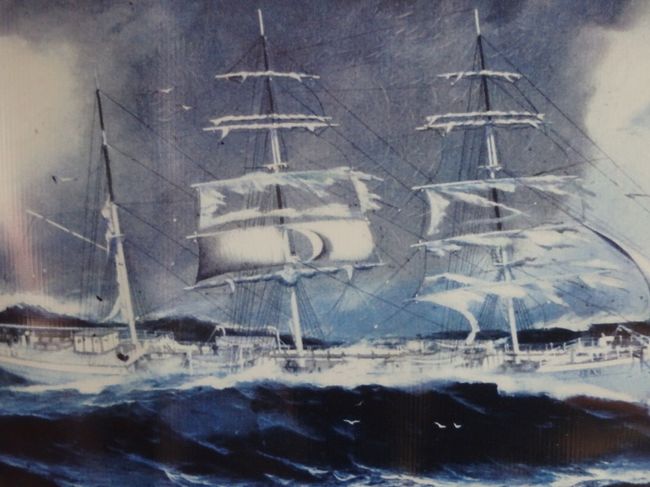
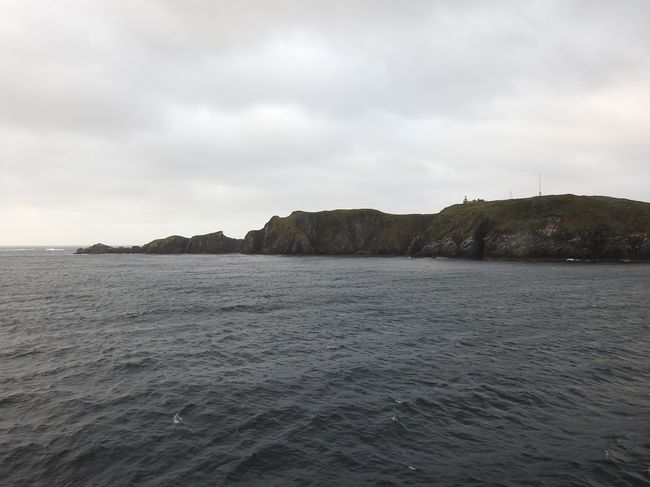
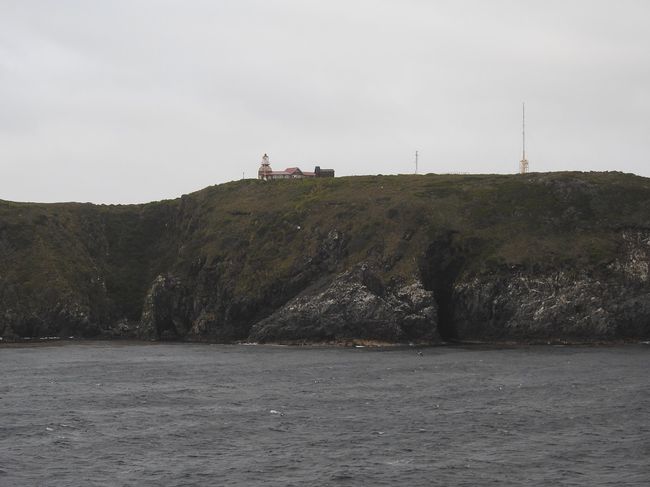
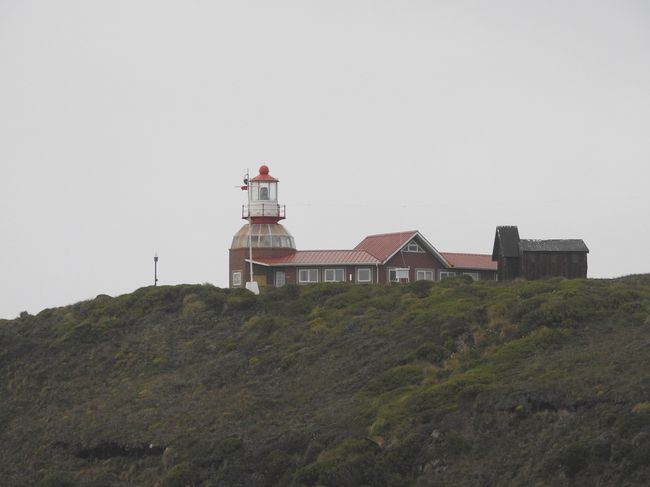
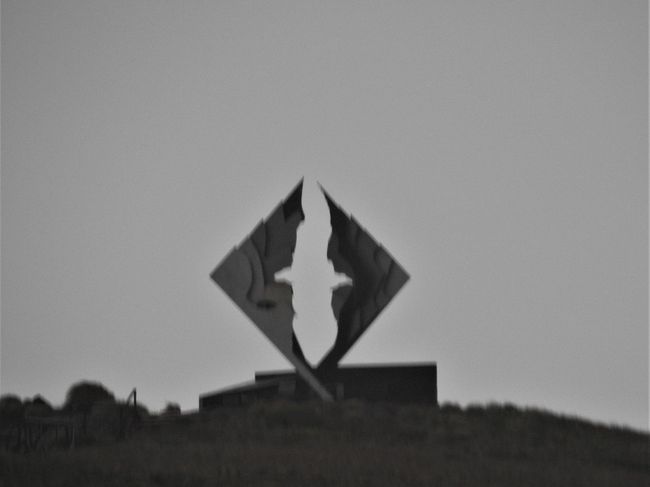
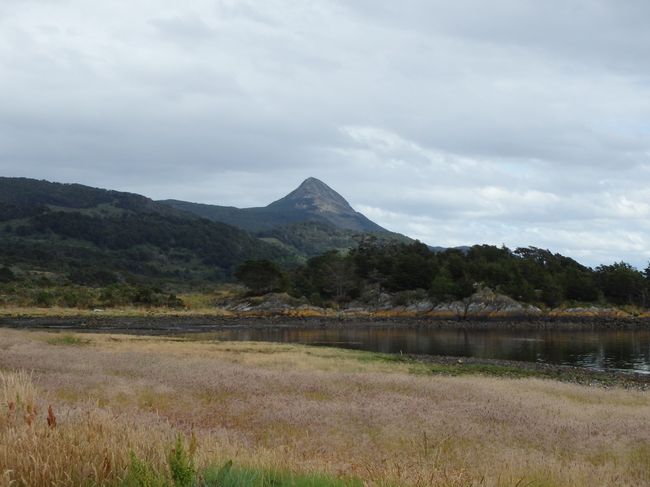
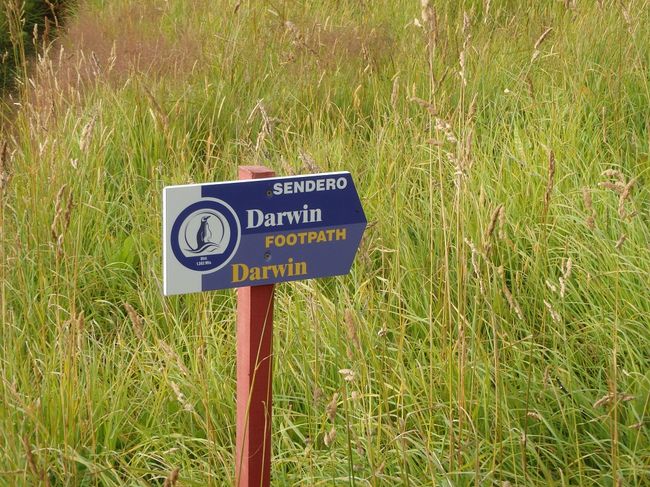
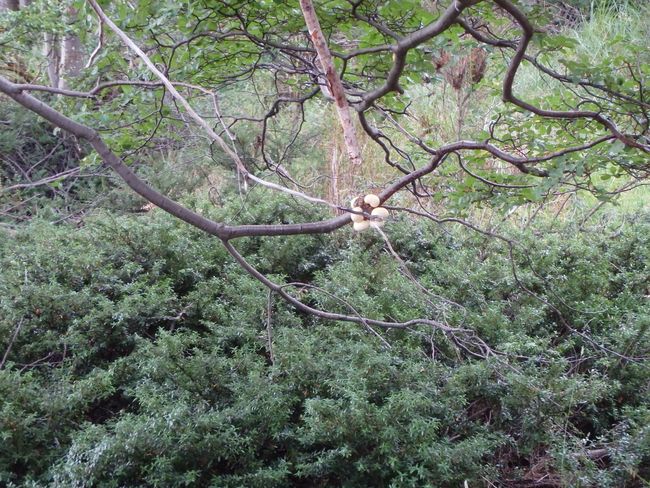

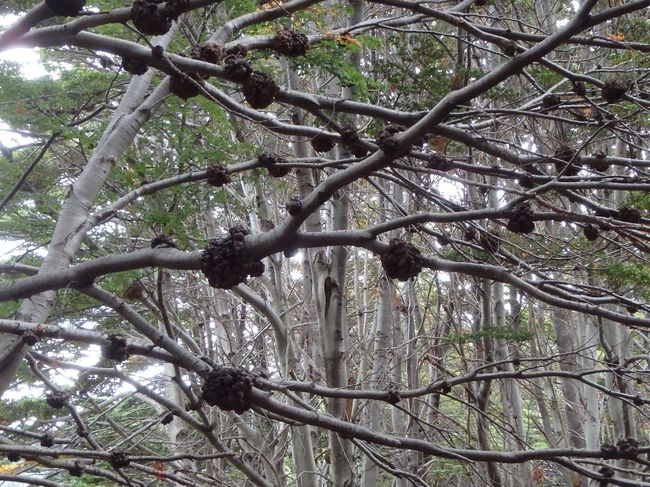
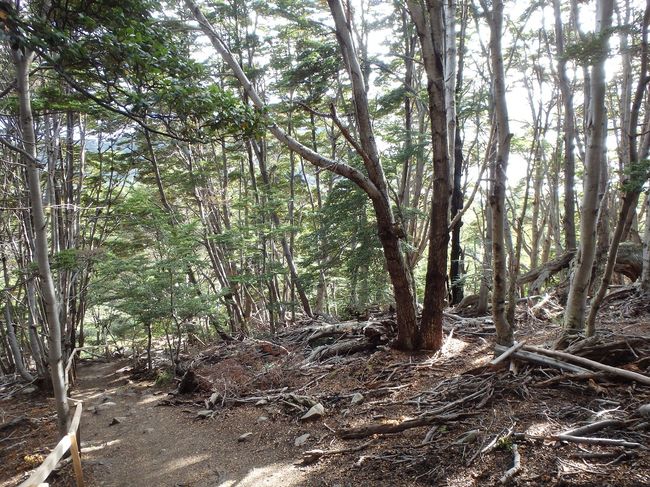
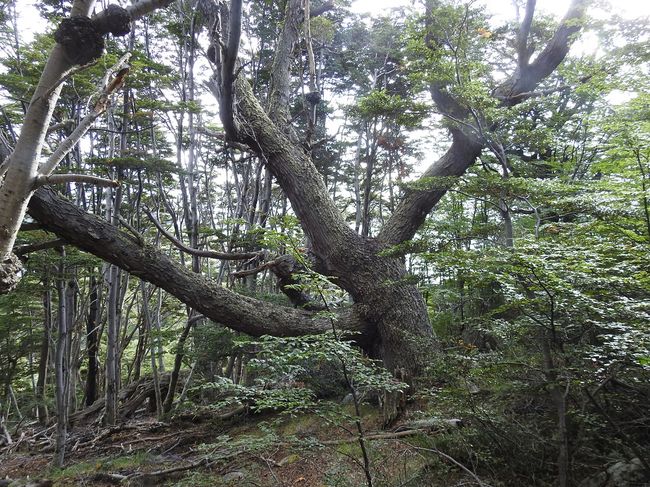
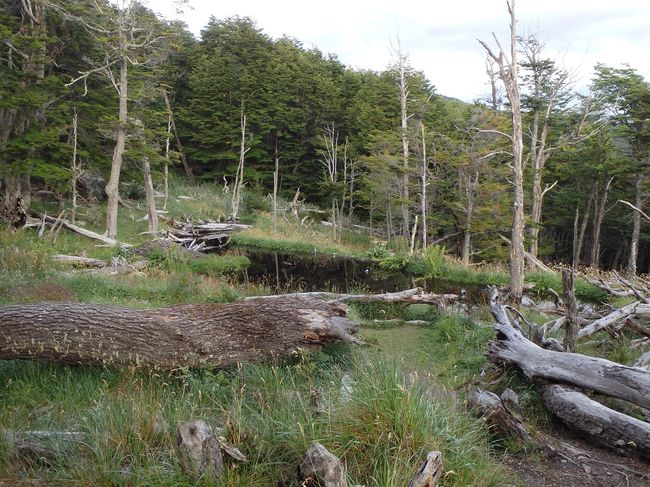
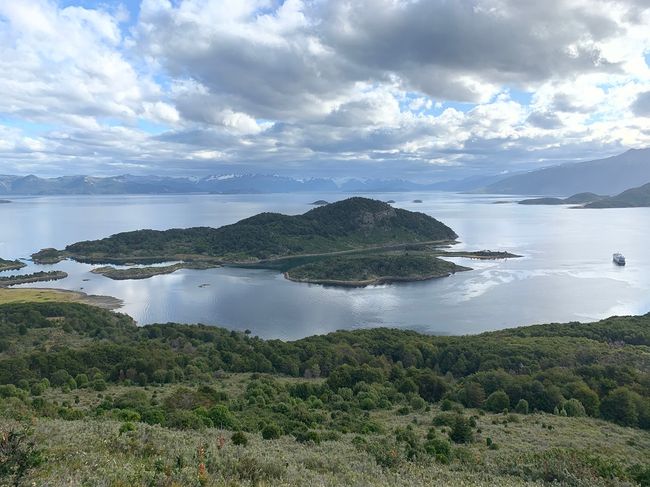
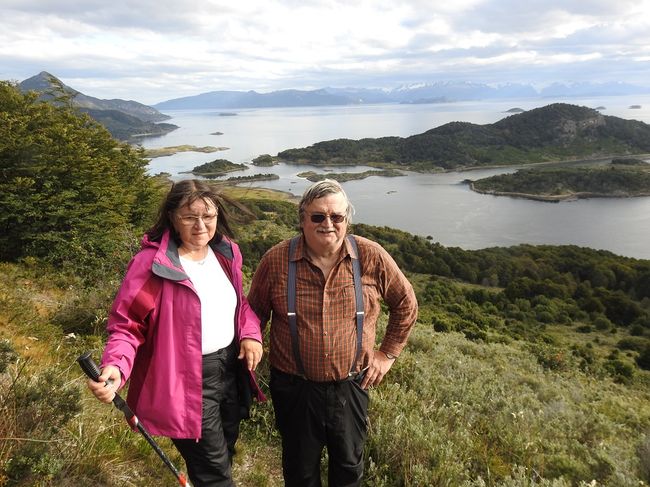
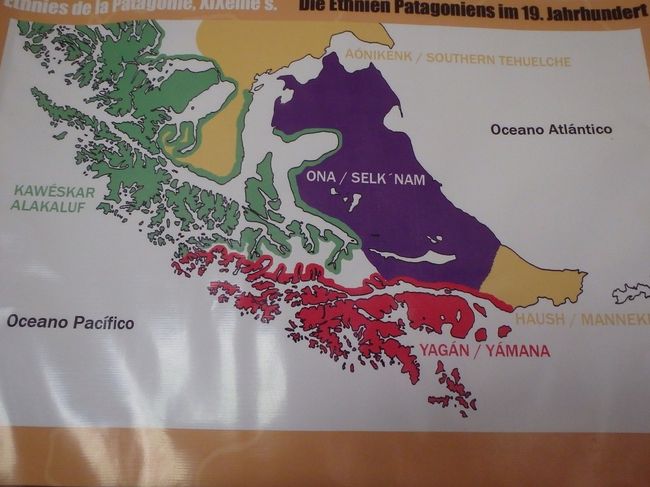
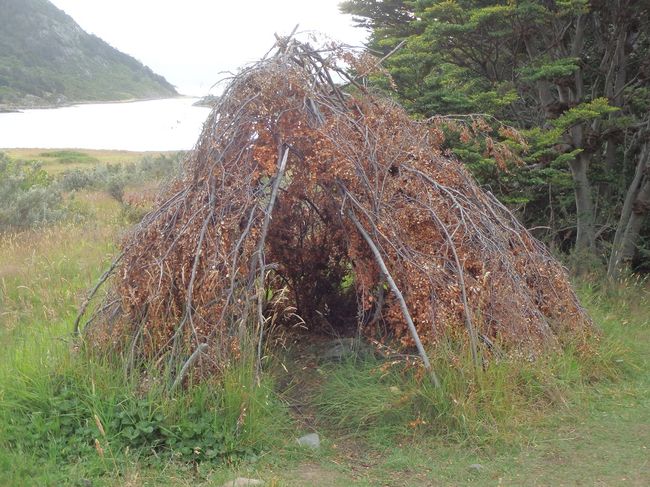
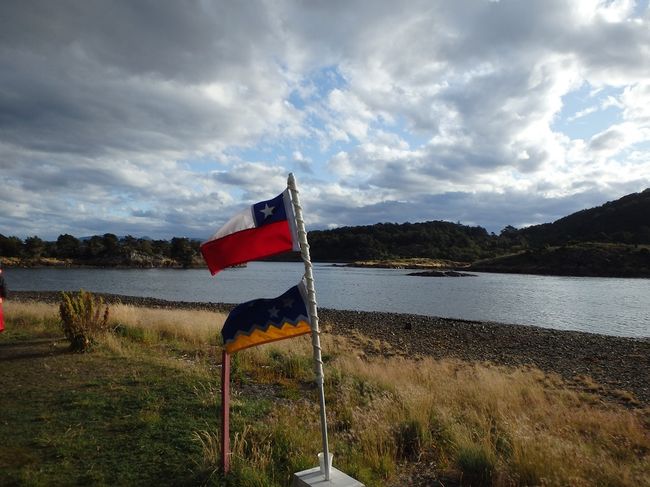
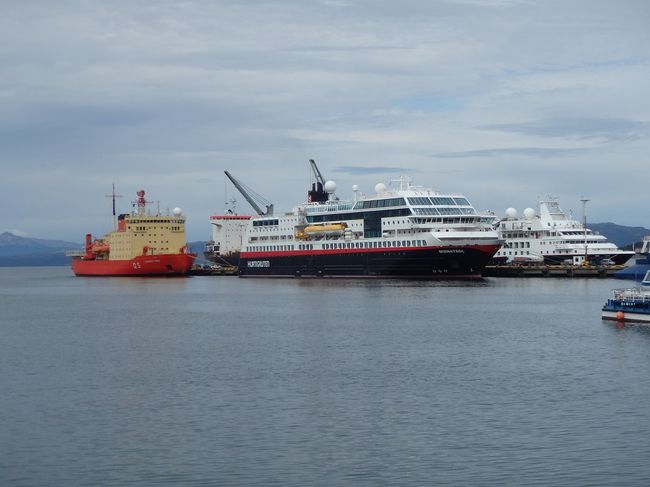
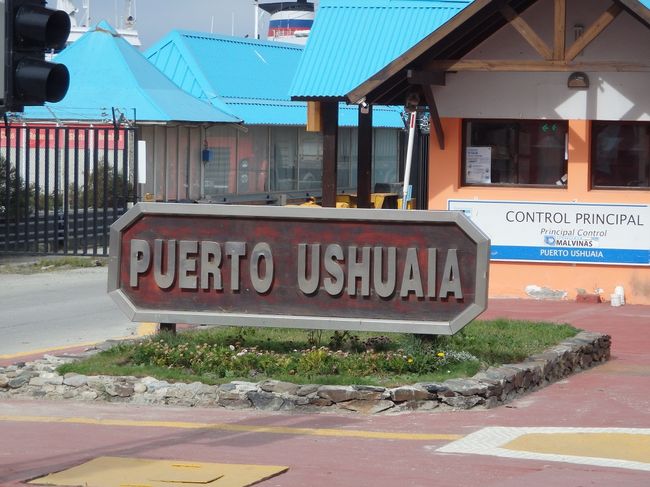
Naročite se na glasilo
After leaving Pia Bay, the 'Stella Australis' continues its journey through the northwest arm of the Beagle Channel. The so-called 'Glacier Alley' is truly grand - the glaciers, mostly named after European countries, show us fantastic shapes and colors. During the night, the ship passes through the narrow Murray Channel, and in the early morning, we cross in front of Cape Horn. The mystical Cape Horn, discovered in 1616, is a 425m high, almost perpendicular cliff, and over the centuries, more than 800 ships have sunk in the wild waters surrounding it, with about 10,000 sailors drowning. Unfortunately, the weather here today is not good - a storm with winds over 100 km/h prevents us from going ashore. Even on the ship's deck, one must brace against the wind, and it would be very uncomfortable in the Zodiacs. Afterwards, we head back north - back to calmer waters. We then go ashore in Wulaia Bay. This historic site was once one of the largest settlements of the Yamana (or Yagan) Indians, who were 'maritime nomads' navigating the coasts in canoes. The 'White Man' has done a 'complete job' here, as elsewhere in Tierra del Fuego, practically killing all the Indians. After attempts at farming cattle were unsuccessful, the Whites left the island, leaving behind only - by now - wild pigs. Otherwise, the area is uninhabited. Even Charles Darwin went ashore here during his world voyage aboard the HMS Beagle in 1833. We hike through the Magellanic forest, with its Lenga, Coihue, and Canelo trees, as well as numerous ferns and other species, to a viewpoint where we have a good view of the bay and the islands. This is the last outing with the Zodiacs, and after the evening Captain's Dinner, we arrive in Ushuaia, Argentina shortly after midnight. In the morning, it's time to say Goodbye, Stella Australis!
After leaving Pia Bay, the 'Stella Australis' continues the cruise via the northeast arm of the Beagle Channel through the so-called 'Glacier Alley' - truly spectacular views of the different glaciers, mostly named after European countries, simply magnificent! During the night, the ship passes through the narrow Murray Channel and in the early morning, we reach the sea around Cape Horn, a 425 meters high rocky cliff. Discovered in 1616, Cape Horn has always been a dangerous region for ships. Over the centuries, more than 800 vessels were shipwrecked, and around 10,000 sailors died here. Unfortunately, we had bad luck with the weather here - a storm with winds over 100 km/h did not allow a landing with the Zodiacs at the Cape. Even standing on the ship's deck in this storm was not very easy. So we sail back to the north - entering calmer seas. In Wulaia Bay, we go ashore again. One of the biggest villages of the Yamana (or Yagan) Indians was located here at this historic site. The Yamanas were 'maritime nomadic people' - paddling around the coast with their canoes. The Europeans made a 'total job' here - like everywhere in Tierra del Fuego - by killing nearly all of the Indians in the name of God or money, or sheep. Their attempts at stock farming were not successful - so they left again, just leaving the pigs behind, still there today, but almost wild again. No human being is living there nowadays. Charles Darwin landed here in 1833 during his journey with HMS Beagle. We do a hike through the Magellan jungle with its Lenga, Coihue, and Canelo Trees, as well as a lot of different ferns, to a viewpoint to see the bay and the islands around. This is the last trip with the Zodiacs, and after the Captain's Dinner, we arrive in Ushuaia, Argentina, shortly after midnight. Next morning, we just have to say Goodbye, Stella Australis!
Naročite se na glasilo
Odgovori
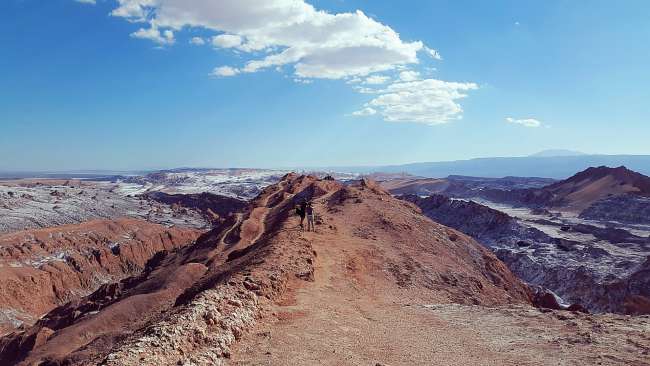
Poročila o potovanjih Čile
